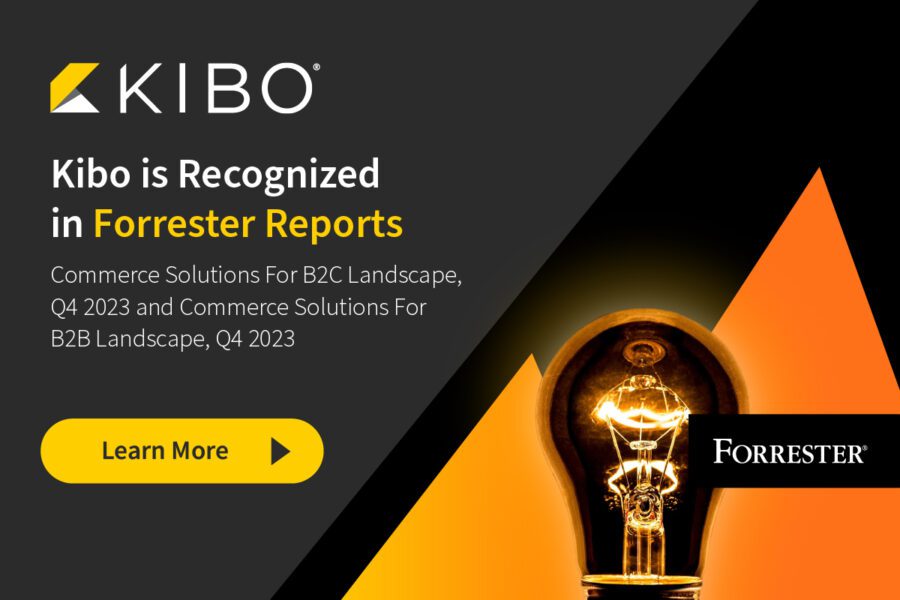With the grim economic news piling up day after day, the road ahead can appear perilous.
But with the right investments and sure-footed decision-making, retailers and DTC brands can navigate the economic storms, emerging stronger and better placed on the other side.
Impacts of the recession on DTC brands and B2C retailers
eCommerce growth was 6.7 percent in the first quarter of 2022, which, when inflation of 8.5 percent for the year to July is taken into account, shows a definite slowing or reversal of growth.
Compare this to the last quarter of 2021, when growth rates were topping 10 percent, and the picture does not look rosy. The dramatic online retail boom of the stay-at-home pandemic era seems to have come to a decisive end.
But despite growth slowing, revenues from online sales continue to be strong and vastly outstrip pre-pandemic revenues. This, combined with the continued expansion of eCommerce as a percentage of total retail sales, suggests the dramatic gains of 2020 have been consolidated.
Where is the economy headed?
There are debates about whether the US is already in recession, with GDP figures for the last few quarters subject to revision. But GDP contracted by 1.6 percent in the first quarter of 2022, and initial figures show a 0.9 percent second quarter contraction. The US economy is either in recession now or very soon will be.
The argument is over how long and how severe the recession will be.
Some analysts argue that the risk of a recession is still not high, and that tightening monetary policy doesn’t necessarily lead to economic downturn.
Others are less optimistic, pointing to historic examples of similar interest rate action by the Fed leading to substantial periods of high unemployment and economic slump.
And the economic woes are not confined to the domestic market.
Actions by central banks around the world to try to get a handle on inflation come at a time when several other major stress factors are hitting the global economy.
Most significantly, Russia’s invasion of Ukraine has constrained global supplies of grain, oil, and gas, pouring more fuel on the inflationary flames started by constrained supply and returning post-lockdown demand.
And the continued strength of the US dollar is fuelling inflation in countries that rely on dollar-denominated imports, as well as hurting American exporters.
How will the economic downturn impact retail?
These factors are placing tremendous pressure on consumers, and the recent slowdown in eCommerce sales growth may point to a generalized reining in of spending.
So whether we’re headed for a soft correction, or a long-lasting recession, retailers and DTC brands, will have to learn how to operate in an environment where consumer spending is more constrained.
In the last recession, the Great Recession of 2007-2009, retailers that did well were food and cut-price stores. Apparel and home goods brands didn’t fare as well. This reflects the unsurprising pattern of consumers cutting back on discretionary spending and shopping around for bargains on essentials that they couldn’t cut out.
Why online retailers should continue to invest in eCommerce technology
With so much doom and gloom, it’s tempting to pull up the drawbridge and wait things out.
But that would be a mistake in an environment of increased competition and more discerning customers.
eCommerce companies that continue to invest in eCommerce technology and accelerate digital transformation during the downturn will be the ones that mark themselves out from the competition.
Harvard Business Review argues that recessions can be seen as opportunities to “plan for the next expansionary phase.” It notes that the companies who invested and focused on what made them unique are the ones that survived the dotcom crash of the early 00s – with the likes of Facebook, Amazon, and Netflix going on to become the tech giants they are today.
- Traditional B2C retailers should redouble their investment in digital transformation. Brands with brick-and-mortar stores fed by a network of warehouses should continue to work with technology partners to find innovative ways to quickly and efficiently fulfill orders and update in-store stock.
- Online DTC brands should invest in technology that will differentiate them from the competition. Give customers a reason to shop with you in what will be an unforgiving environment for those not offering great value and an outstanding customer experience to visitors.
Kibo eCommerce and Order Management
Kibo Commerce offers B2C and DTC brands a headless architected commerce platform that is easily adaptable, extensible, and evolves with the needs of your business.
Its microservices-based solution means you can build and extend your eCommerce functionality in exactly the way you need. In a time of recession, this is particularly useful for businesses looking for ways to shape their future and emerge on the other side in a stronger position.
Because Kibo is built with an API-first architecture, you can lay the foundations for a successful future with a composable commerce platform, and then add the services you need to cope with increased demand in the future.
Kibo Order Management System helps brands looking for efficient ways to fulfill orders, giving you more fulfillment options, an enhanced view into your inventory management, and the flexibility and agility that comes with distributed order routing.
Taken together, Kibo eCommerce and Order Management can help your business to survive and thrive in the next phase of the ecommerce journey – whatever that might be.
If you’re interested in learning more about composable commerce or order management, we encourage you to request a demo. We’re happy to chat with you about how Kibo can help support your commerce journey.




